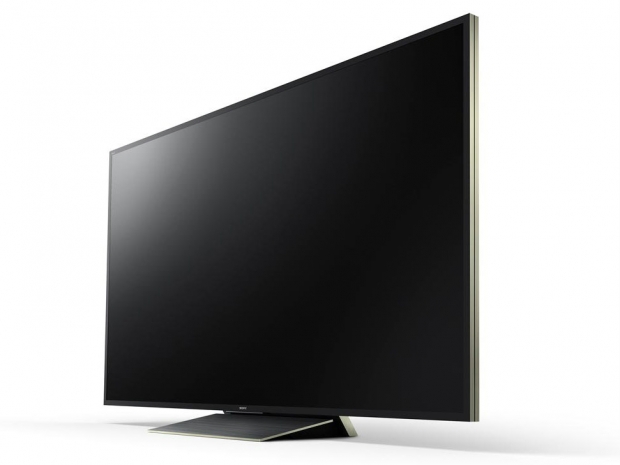The first time we saw the Sony ZD9 black levels, we figured that Sony’s Backlight Master Drive is something that might bring a big change for the company in the TV business.
Most technology savvy people will want to get a hold of this phenomenal TV. Back at CES 2016, Fudzilla saw a prototype of an Android TV powered by MediaTek’s SoC that was running Android 6.0 well. This is what Sony’s Premium ZD9 65 inch TV packs under the hood.
MediaTek piqued our interest in the smart TV market back in 2015 when we learned that the company essentially owns the TV IC market and are the leaders in the “living room” with products and technologies covering this space; TV, Audio, Routers, Tablets, Wifi, BT. It is clear they have a close relationship with Sony and Google in order to launch this stunning TV into the market.
After we saw a demo of the Sony TV in 4K running Android 5.0, we figured out that Android TV is going to define the smart TV road for the future. So far, Philips, Sony and Sharp are the major names to support Android TV.
With the Sony ZD9, the user experience got even better as the TV supports Android 6.0.1 with the Android security patch from September 2016. We gave Samsung and LG operating systems a try, but a proprietary system is not the right way to go - Android TV is open and gives you access to thousands of applications.
It is actually the MediaTek’s MT5832 SoC that comes with four Cortex A53’s and a new GPU that makes the Android TV experience so good.
The Sony ZD9 is the highest-end Sony TV on the market. To evaluate, we received a 65 inch (164.5 cm unit) that supports 4K with HDR (High Dynamic Range). Both technologies are extremely important for high-end devices and the fact that Netflix and Amazon TV do support both 4K and HDR definitely sped up the popularity of these high quality video formats.
Android TV is well known to TV enthusiasts since it comes equipped with key TV manufactures lead by Sony and Phillips. This is the closest to the real Android that you have on your phone, but still, it won’t let you install and use all the applications on your TV. Therefore, the TV version is called Android TV and Google wants to greenlight the applications that you can and should run on your TV.
The Sony ZD9 heavily relies on Internet services and even the TV remote comes with Google Play and Netflix dedicated buttons. A press of the button gets you either to Netflix or Google Play store. The remote even has Google’s “voice-powered search” technology which is now becoming more popular with consumers and helps you to search faster across apps and myriad of content sources.
Hardware
The heart of the TV is the MediaTek MT5832 - a product family we saw at CES 2016 in Las Vegas. This is a Quad Core Cortex A53 solution with 2.5GB RAM and Sony decided to use 16GB of total storage. Our review unit came with 8GB storage. Don’t worry, there are three additional USB slots and we tried to use USB sticks up to 128GB or Terabytes of hard drives, and they all worked just fine. You will be able to play 4K movies from external devices without any problems. The MT5832 SoC supports HDR.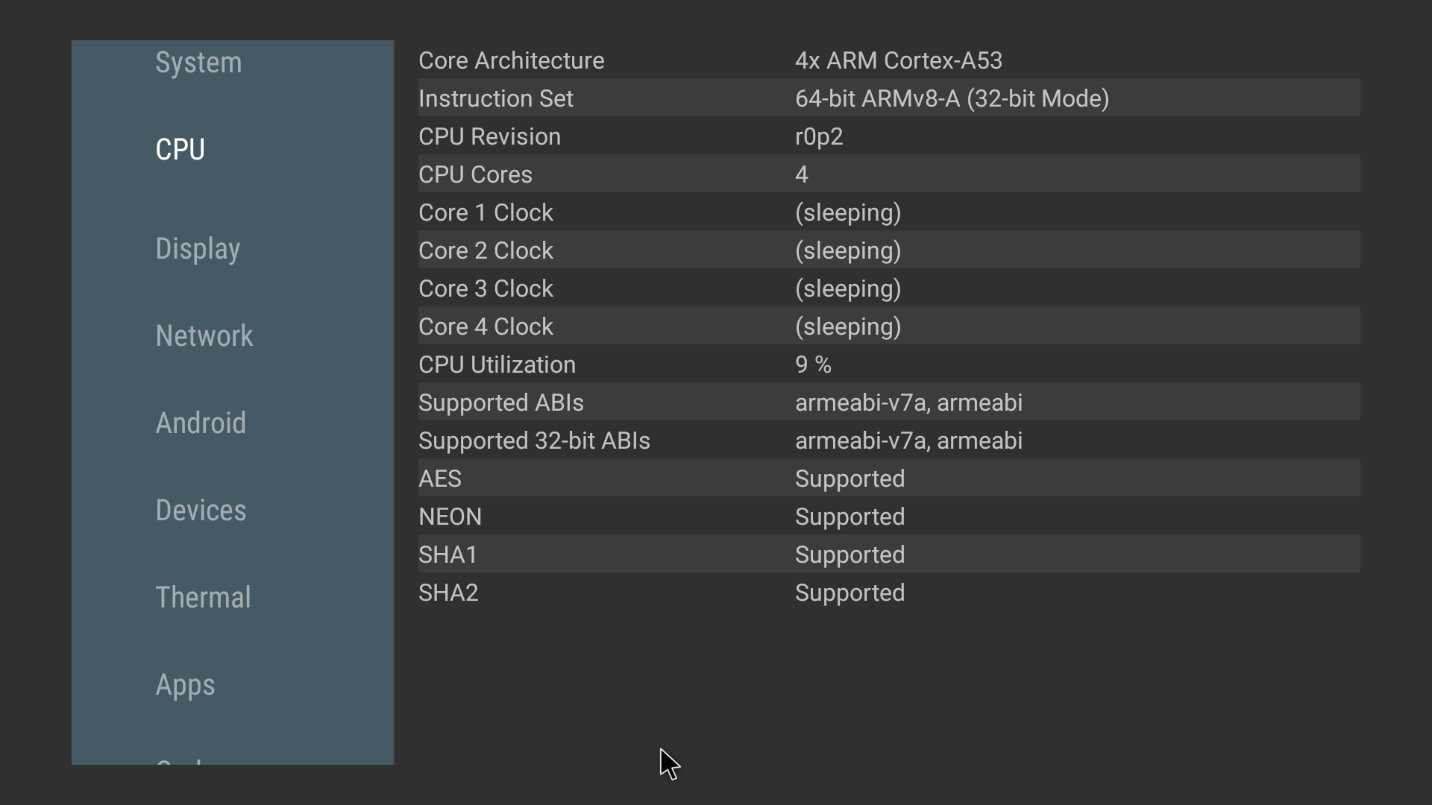
The new and improved MediaTek TV SoC now supports Mali T860 GPU making casual gaming on this TV much faster than on the previous TV. Things are improving as this SoC supports OpenGL 3.1 and runs 4K content like a champ.
The TV runs Android 6.0.1 Marshmallow, the latest Android TV available and it even comes with the Android security patch level from September 2016. This is as good as it gets. Every region has its specific apps as customers in US, UK, Germany and Austria will get some region-specific applications. There won’t be the BBC app on Austrian TV and there won’t be Puls 4 application on the UK version of the TV software.
About TV
This is a 104 lbs (47 KG) package and it takes two people to put this device together, but overall it will is a matter of 15 minutes to unpack and put the TV into operation. The TV weighs 79 lbs (35.7 KG) with the stand, or 71 lbs (32 KG) without it. It supports VESA 40.0x30.0 cm standard for wall mounting. The TV, with the stand, measures 57.5 inches x 36 x 10.5 (146.2x92.0x26.8 cm) and it comes in 65, 75 and 100-inch versions.
The first thing you notice when you turn it on is that the black levels look simply amazing. The quality is incredible and it is better than any 4K TV that we’ve seen before. Yes, it is not far off from OLED black levels, and trust me, it looked just as good to us.
Operation and Ports
The TV takes just a few seconds to turn on and it is ready for your TV or other digital content viewing. When you turn the TV on for the first time, you will be asked for your Google Play account, Wi-Fi password and the TV will be configured in a few minutes. Since the TV has a LAN port, you can connect it to a router directly.
The back of the TV has all the connectors and they are covered by plastic covers. Sony calls this “clean rear look” as the lids keep the wires out of sight, thanks to a hidden cable panel structure. All your cables are fully concealed behind the panel and run down through the center of the stand, so everything looks tidy.
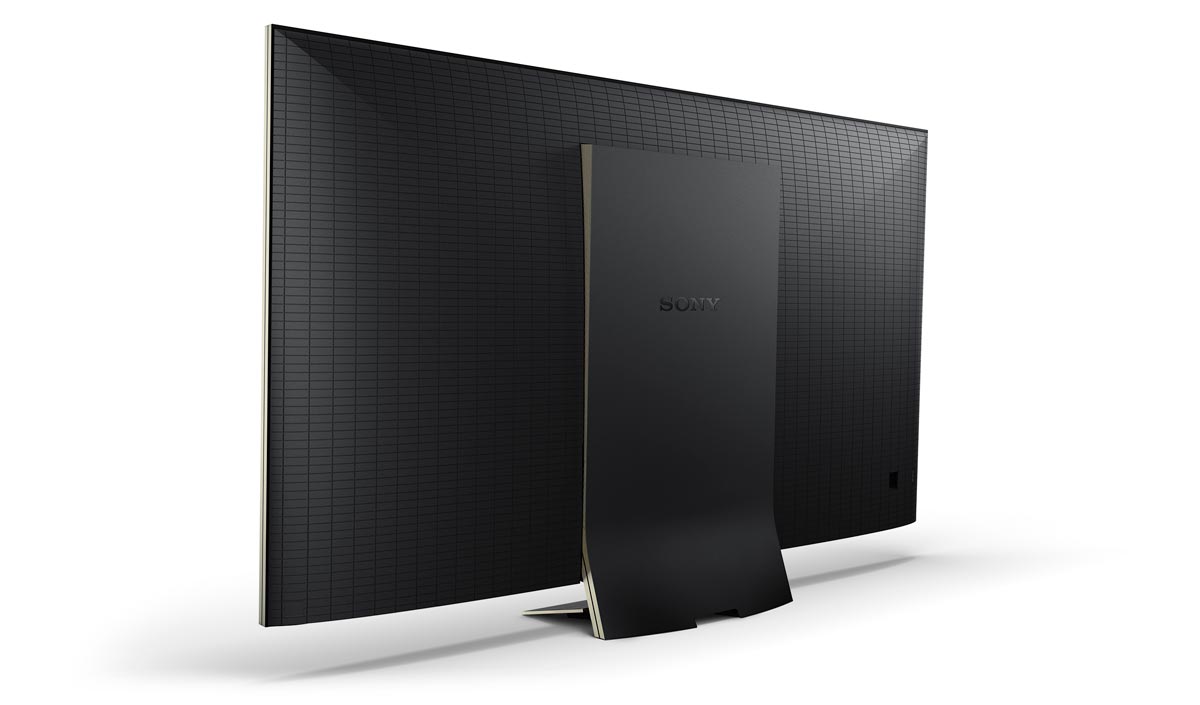
The back panels work like Lego blocks, they will hide the ugly cables and USBs but since they are on the back of the device, you won't be able to notice unless you walk behind the TV. Some ports will be harder to access if you mount the TV on the wall, but you can tell that Sony had these users in mind. Most of the connectors are plugged in at a 90 degree angle, making it possible to plug it even when the TV is on the wall.
The TV comes with a total of 4 HDMI 2.0 all capable of 4K resolution, supporting HDCP 2.2. The TV has three USB ports supporting FAT16/FAT32/exFAT/NTFS and they will play the following codec and files MPEG1:mpeg1/mpeg2ps:mpeg2/ mpeg2ts(hdv,avchd):mpeg2, avc/mp4(xavcs):avc,mpeg4, hevc/avi:Xvid,MotionJpeg/ ASF(WMV):VC1/MOV:AVC, MPEG4, MotionJpeg MKV:Xvid, AVC, MPEG4, VP8.HEVC WEBM:VP8 3GPP:MPEG4,AVC/MP3/ASF(WMA)/WAV/MP4AAC/FLAC/JPEG.
Yeah, we know, it is quite a list and you can record content on the USB drive too.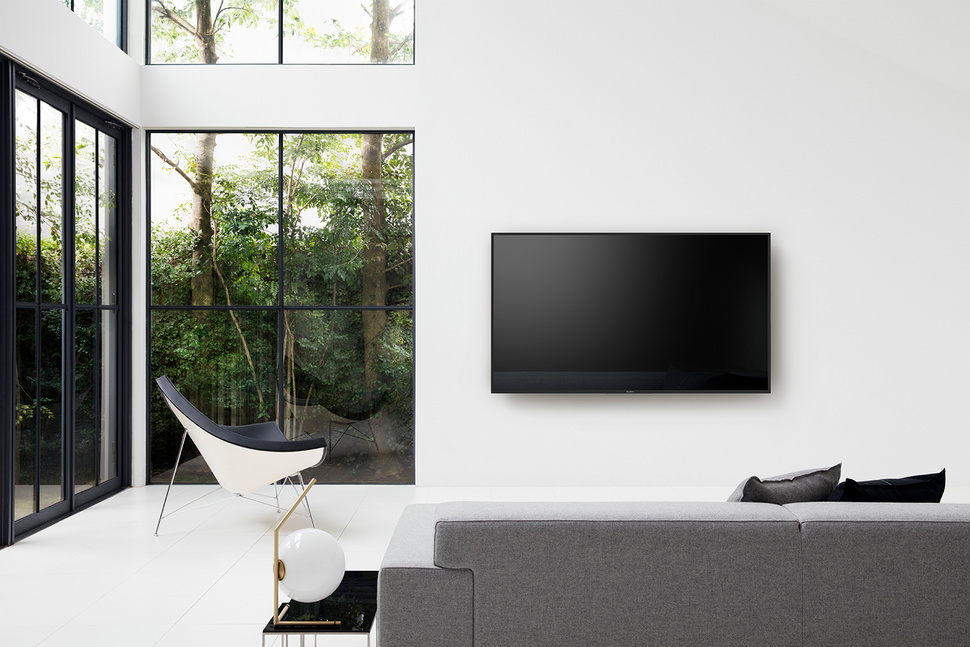
The TV has an optical audio output and one of the HDMI ports supports Audio Return Channel (ARC). There is also a headphone plug as well as a legacy SCART port. Sony uses an 802.11a/c/n/ac capable wireless card and it worked well even with Netflix and Amazon Prime Video in 4K.
The Sony ZD9 comes with a Bluetooth Version 4.1 HID supporting mouse/keyboard connectivity) HOGP, (Low Energy device connectivity), 3DSP (3D glasses) and SPP (Serial Port Profile). We used a Cherry DW 8000 keyboard via a USB dongle and it worked really well. The TV felt almost like a computer especially browsing the Internet with the integrated Opera browser.
The TV comes with an integrated Google Cast device and watching video from your notebook, tablet and phone works rather well. There is even Miracast support as well as Photo sharing plus or Video and TV Sideview support. The TV comes with two times 10W speakers with bass reflex. It also supports Dolby Digital, Dolby Digital Plus, Dolby Pulse, DTS Digital Surround as well as ClearAudio+ for sound processing.
Screen quality
Sony uses a lot of technologies combined to give you what we can say are the best pictures we’ve ever seen from an LCD panel. Sony combines the power of 4K HDR Processor X1 Extreme picture processor with 4K X-Reality PRO Dual database processing clarity enhancement engine. This is not all, as the ZD9 supports Live Color Technology, Precision Color Mapping, Super bit mapping 4K HDR and TRILUMINOS Display. Sony uses Dynamic Contrast Enhancer, Object-based HDR remaster and X-tended Dynamic Range PRO contrast enhancement techniques.
This is an active 3D TV with 100 Hz native resolution and Motionflow XR 1200Hz support.
Let’s come back to the picture quality. As we mentioned at the beginning, the black levels are amazing. Usually, this is a hue that is very hard to reproduce and it usually looks washed up. OLED managed to solve this problem but we heard from the leading panel experts that OLEDs available in 2016 and 2017 suffer from burn in effects.
Sony uses the Backlight Master Drive, a full-array LED backlight technology that combines an ultra-dense LED structure, a great algorithm, and a completely new optical design. Powered by the 4K HDR Processor X1 Extreme, this technology delivers incredibly deep black, dazzling lights and more vibrant color. This is the closest to the quantum dot technology that Samsung is using for some of its panels as the TV can intelligently turn off the backlight when not needed. This is part of the reason why the black looks so good.
The picture was so good that we thought that Sony did a marketing gimmick and automatically turned on the Vivid mode. The picture looked stunning on standard picture settings, and of course, the colors popped up even more after choosing the Vivid.
Android TV option
Android TV relies on a few things - one of the important ones being the remote with voice support. You simply “tell” your remote to find “John Oliver on YouTube”, and in most cases, it works well. Voice recognition works most of the time and you can even say “launch Spotify” to launch an application.
Android TV has a number of top applications and content that might be interesting for you and this is the first thing that you see when you launch an Android TV. Below that is the featured app selection that includes the applications you most frequently use. Further below, there is a tab with apps that you installed or that came preinstalled on the TV. It is rather nice and intuitive to search for the applications.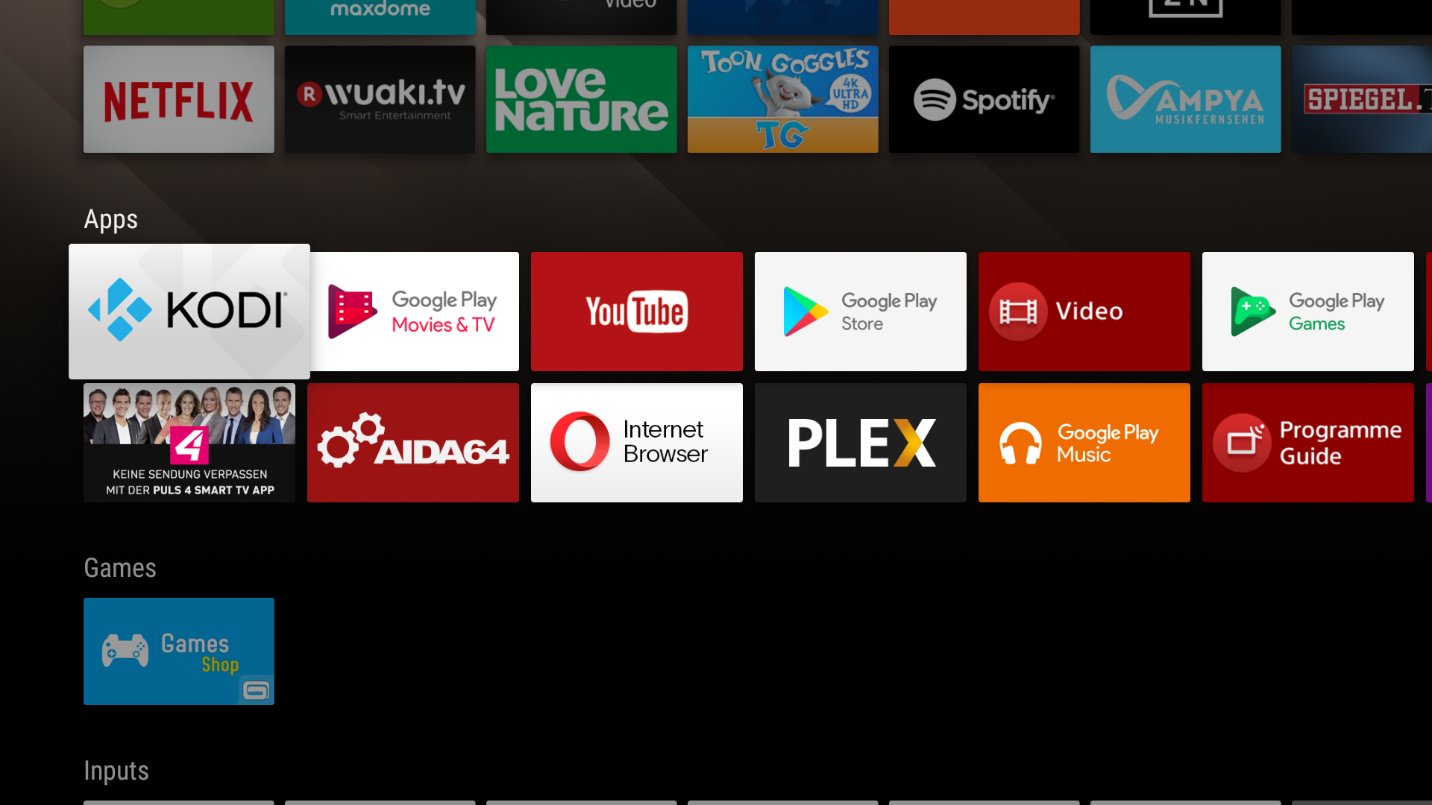
There is a dedicated tab for gaming followed by settings.
Netflix and Amazon Prime with 4K and HDR work like a charm. You will need at least a 25 Mbit connection on either wireless and wired LAN connection to enjoy 4K. The HDR content looks awesome and 3D support worked great with at least a few demo videos. As you might know by now, 3D sometimes works, but many times it doesn’t feel good and it differs from person to person. This TV supports active 3D and ships with two sets of 3D glasses.
The overall experience with Android and the new Quad Core CPU is much better than with 2015 TVs from Sony, powered by an older version of a SoC and Android 5.0. The storage is faster and it takes seconds to install a 30 MB application. This is due to a faster wireless connection too, but overall it takes seconds to install even a 150 MB game on this TV.
As you know, Fudzilla likes to look what is inside of the package and this is exactly why we wanted to give this TV a deeper look from a hardware perspective - the TV now has an operating system and runs applications particularly well.
Conclusion
Sony 65 ZD9 has the best black levels and color reproductions we ever saw. This is a $3,200 USD (3000 Euro) TV. It is not for a mainstream audience but it might cheer you up that you can expect to see this technology getting down to mainstream levels soon.
Android TV 6 powered by MediaTek hardware works exceptionally well. Applications launched very quickly and you can watch 4K and HDR content as well as YouTube, watch Vevo or enjoy content from dozen of apps. We liked the fact that the remote control supports voice commands.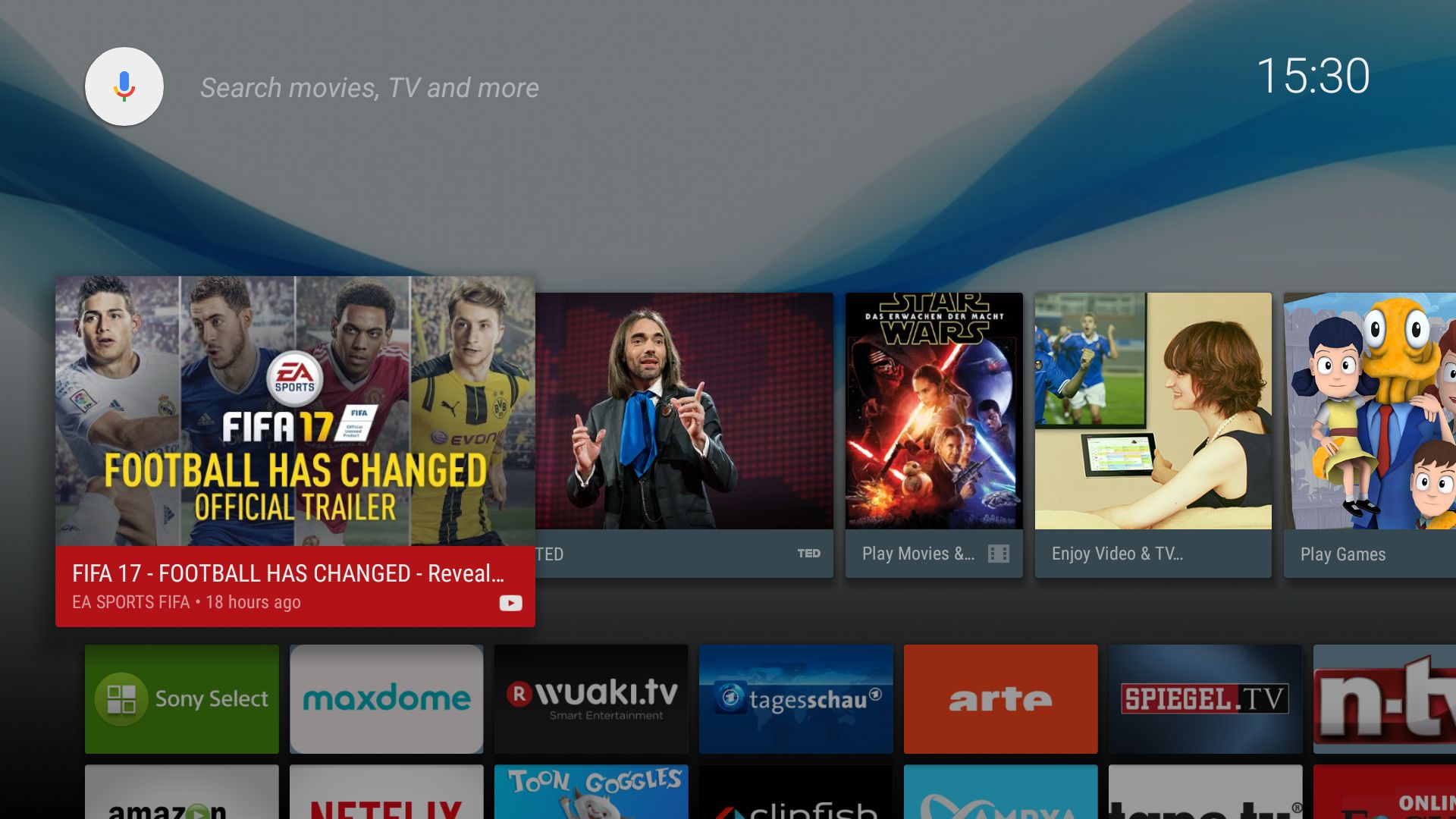
You can play some casual games too, and the performance levels rose from last year, mainly due to the T860 GPU that is now inside.
Sony did a great job of making a product that stands out, launching a superior product with outstanding performance, lower power consumption and incredibly good picture quality in 4K, HDR or even with regular 4K content.

